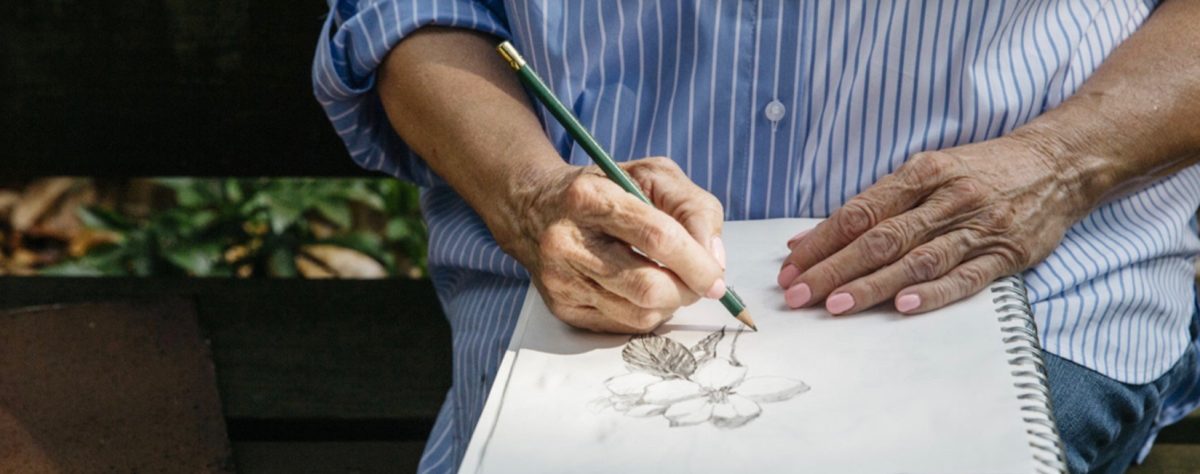“They always say time changes things, but you always have to change them yourself.” Andy Warhol (from Artpromotivate)
One of the most famous paintings by Jean-Francois Millet (1814-1875) is The Angelus, originally titled Prayer for the Potato Crop. The painting was commissioned in 1857 by American collector, Thomas Gold Appleton. When Appleton failed to take possession of the painting, the artist changed the name and later exhibited it in the Paris Salon of 1865 with the new name. In later years, the painting became the subject of several controversies not the least of which concerned the living situation of Millet’s family and especially that of one of his granddaughters.
Perhaps the most bizarre of the controversies surrounding The Angelus was instigated by Salvador Dali. Dali claimed Millet had intended hidden meaning in the position of the figures suggesting aggression on the part of the female figure and more. The basket situated between the figures, Dali believed was an over-painting of what was a child’s coffin originally. Dali stirred the controversy so much that eventually an x-ray revealed there had actually been a box of some kind in the under-painting though whether or not it was a coffin is unknown.
The artist, before his death, had sold the painting for a small sum. A decade later, a bidding war broke out between the US and France elevating the price of the painting considerably. The Louve attempted to purchase the painting sparking feelings of patriotism among the French people at the time. Varying accounts give the price the painting sold for as between 553,000 and 800,000 Francs.
Meanwhile, the artist’s family was sinking into abject poverty. While the bidding war and other factors were increasing the value of the painting, the artist’s family was reduced to a position of barely scratching out a living. The painting was again, in later years, sold for a huge sum of money. At the same time it was discovered that the artist’s granddaughter was selling flowers on the streets of Paris to sustain herself.
The plight of the granddaughter led to the enactment of the first “droit de suite” laws in France. The law basically said that an artist or his heirs until 70 years after his death were entitled to a small percentage of the resale of any of the artist’s works. While the dealer made millions, the artist or his family would receive between 1 and 3 percent of the sale. The granddaughter’s flower vending led the French government to consider whether visual artists were entitled to profit further from their works after the original sale. Millet’s granddaughter has once again come to the center of the debate as more governments today are considering “droit de suite” laws. The destitution of Millet’s granddaughter has led to a look at the destitution of many of today’s artists.
For more on Millet, his work and “Droit de Suite” laws, check out the following links:
http://www.musee-orsay.fr/index.php?id=851&L=1&tx_commentaire_pi1%5BshowUid%5D=339
http://www.sncao-syndicat.com/droit-de-suite/13ff0a14-21aa-4eeb-91be-42471071d842.aspx
http://www.theguardian.com/artanddesign/2011/dec/22/art-dealers-droit-de-suite
http://econ.duke.edu/uploads/assets/dje/2005/Deng.pdf



